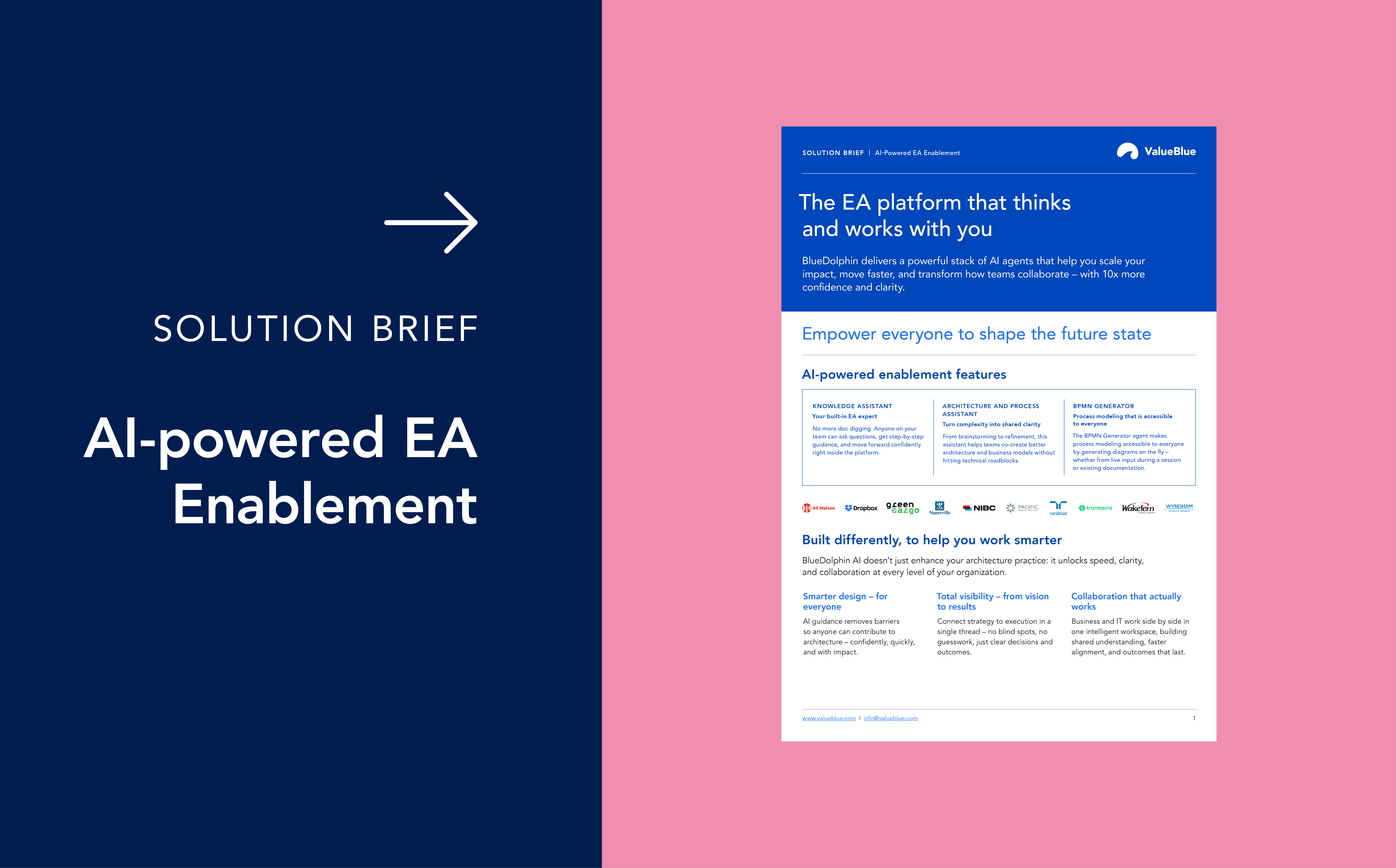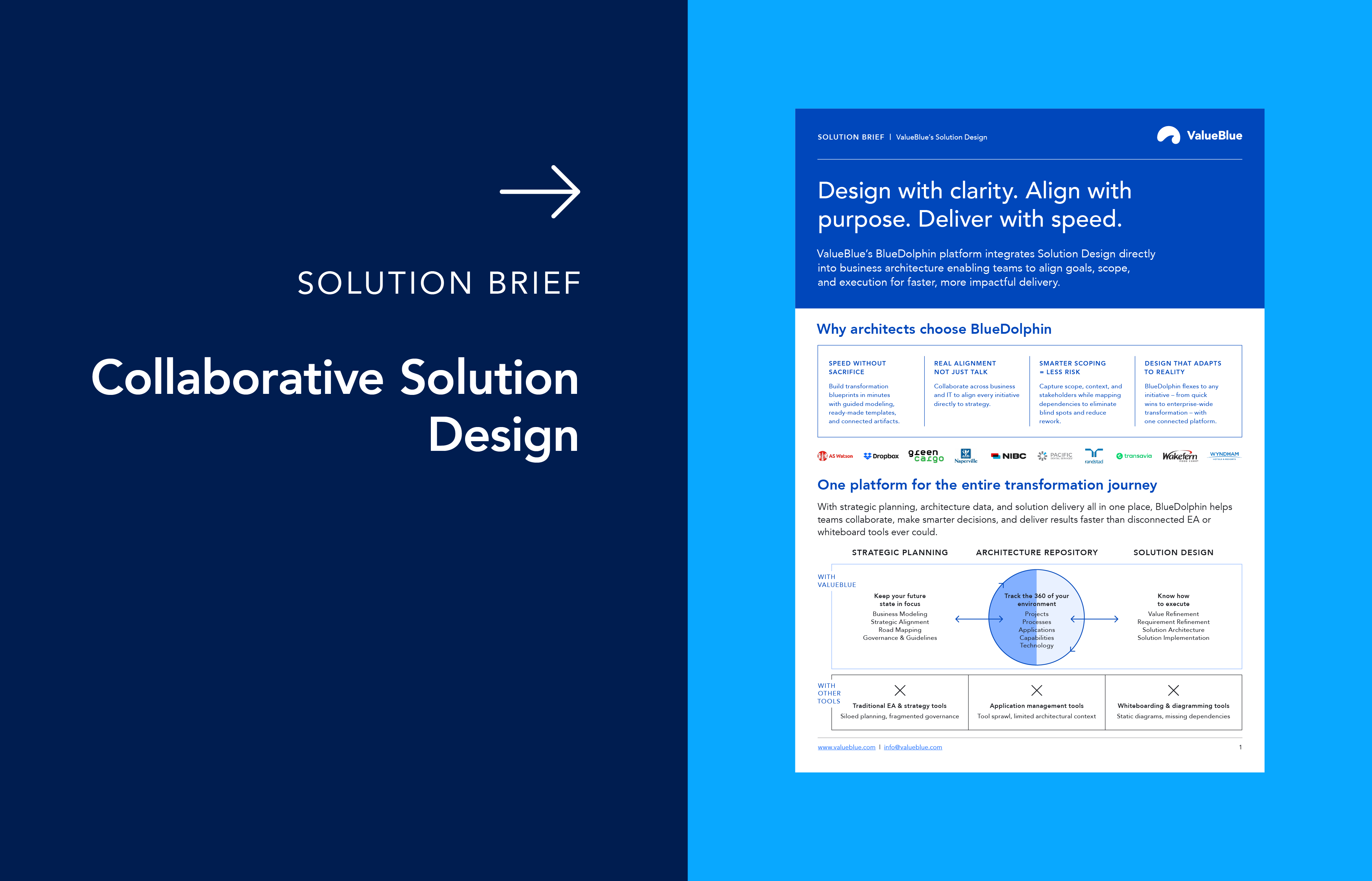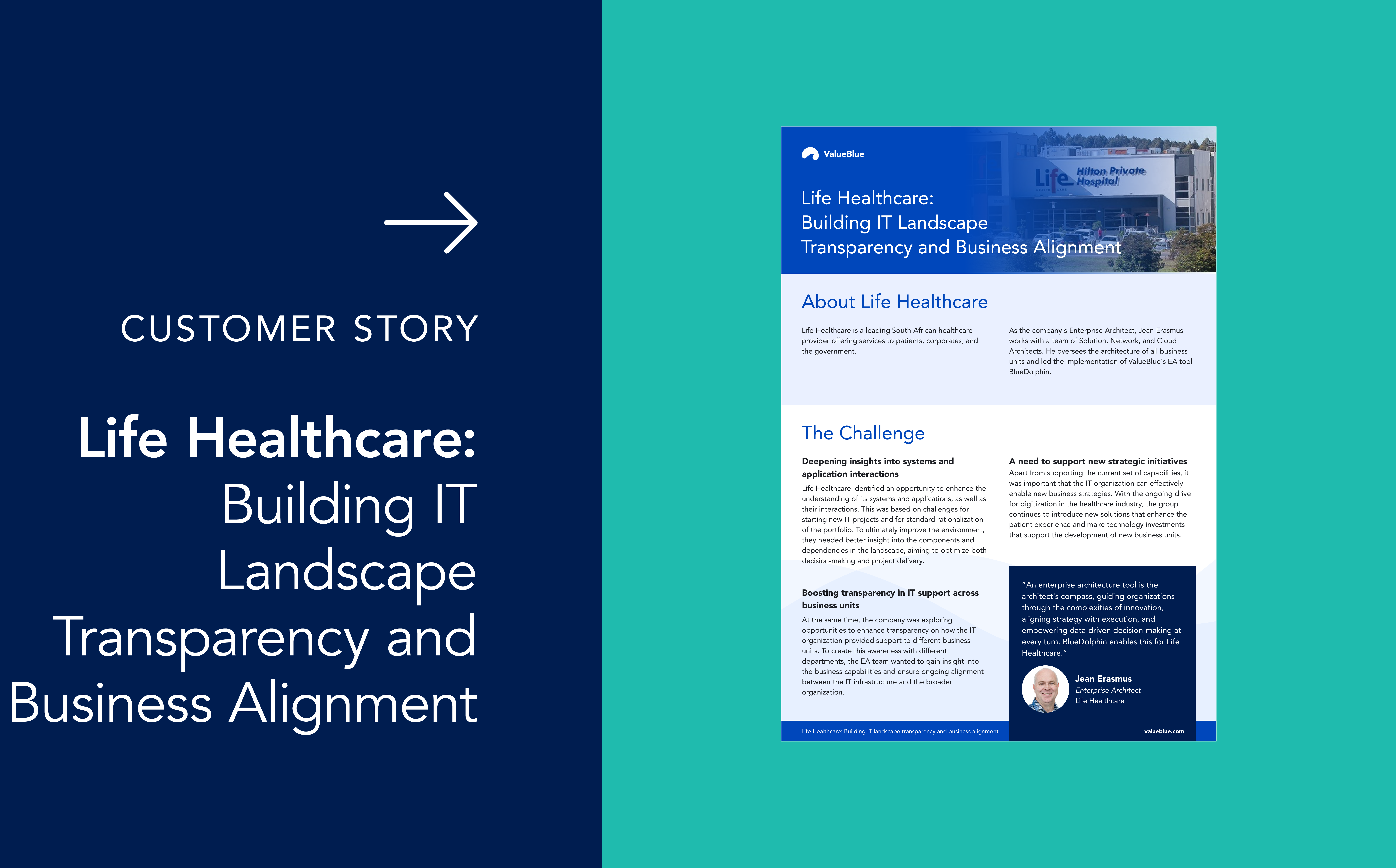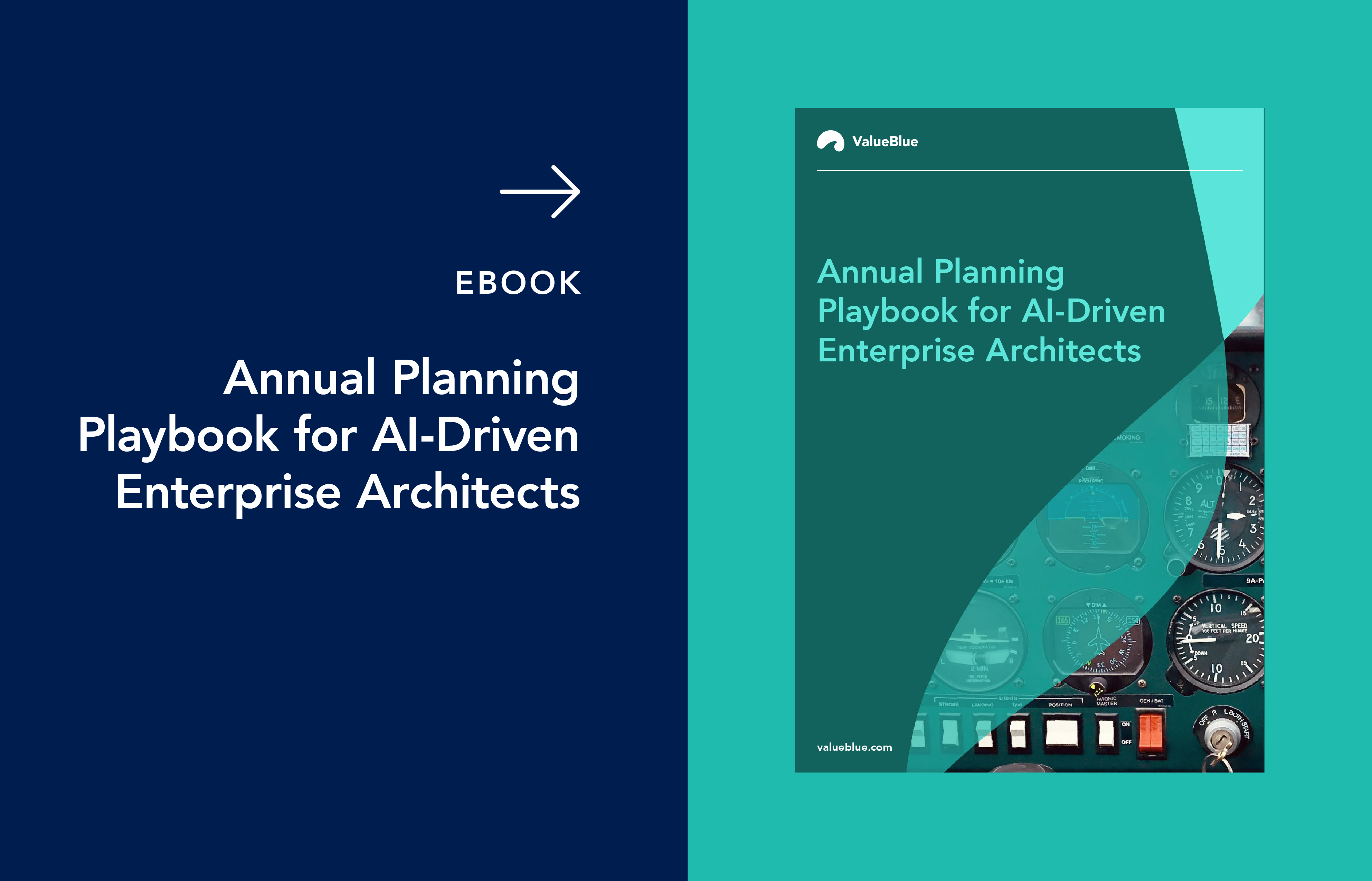Turning Annual Planning into a Continuous Intelligence Cycle
Every autumn, as organizations prepare for another year of bold targets and tight budgets, Enterprise Architects find themselves at the intersection of strategy and execution. Their mission is no longer simply to document systems or maintain diagrams. In today’s AI-driven environment, the real task is to make planning itself intelligent – a process that connects every insight, investment, and initiative into a living model of the enterprise.
The new rhythm of annual planning
Traditional annual planning once revolved around static reports and fixed roadmaps. Teams would gather in Q4, crystallize priorities, and lock in a plan for the year ahead. But in an era of continuous change, that approach no longer delivers. The world an enterprise operates in can shift overnight – and plans that cannot adapt become liabilities rather than assets.
A modern planning rhythm thrives on connected data and real-time interpretation. Enterprise Architecture sits at the heart of that rhythm. When architects build and maintain accurate, connected models of business capabilities, systems, and investments, every leader gains a shared understanding of how strategy translates into measurable results.
The core advantage of this approach is transparency. Instead of debating assumptions, teams collaborate around facts – clear data on which projects generate value, where risks are emerging, and how performance aligns with strategic intent.
From documentation to decision intelligence
The evolving role of Enterprise Architecture is to move beyond documentation toward decision intelligence. That means defining relationships – not just systems – and working with models that can be analyzed, queried, and enhanced by AI.
In practice, this requires a shift in mindset. Architects must become curators of enterprise insight, maintaining the integrity of data that allows advanced analytics to reveal connections and predict outcomes. These models then become dynamic maps for leadership to navigate complexity with confidence.
When Enterprise Architecture is fully integrated into planning, finance, and portfolio processes, it becomes the backbone of the enterprise’s decision-making fabric. With clear visibility across business capabilities, organizations can assess where investments align with strategy, identify overlaps or redundancies, and simulate the effects of possible changes before decisions are made.
The AI advantage
AI has become the accelerant that makes this transformation both possible and powerful. While Enterprise Architecture provides the structure, AI delivers foresight. It can analyze the architecture’s connected data, detect misalignments, and highlight areas where planned initiatives may not fully support goals.
AI-enabled insights allow planners to see beyond current execution – to anticipate drift, forecast performance impact, and recommend course corrections. Instead of revisiting strategy once a year, decision-makers can continuously monitor, assess, and refine direction through adaptive feedback loops.
The result is a planning process that evolves in real time. It is less about reacting to outcomes and more about steering them – continuously, intelligently, and collaboratively.
Enabling collaboration across roles
Every part of the organization benefits when Enterprise Architecture and planning processes are linked. Finance leaders gain visibility into where every euro or dollar contributes to capability development. Portfolio managers can prioritize based on value instead of urgency. Executives receive clear insights that illustrate progress toward strategic objectives without needing technical dashboards.
This connected environment fosters trust. It eliminates silos and ensures that data flows freely between architecture, finance, and business leadership. Most importantly, it grounds decisions in shared evidence rather than intuition.
Leading with insight
The enterprises that thrive in the age of AI are those that view planning not as an annual event but as an ongoing conversation between data and decision-making. Enterprise Architecture provides the common language for this conversation. When coupled with AI, it empowers teams at every level to move faster, align better, and act with greater confidence.
This is the moment to evolve planning into a continuous intelligence cycle – where insights are always current, and strategy is always connected to execution.
To learn how to establish this dynamic planning approach in your own organization, download the "Annual Planning Playbook for AI-Driven Enterprise Architects", and explore practical steps to bring continuous intelligence to your next planning cycle.





